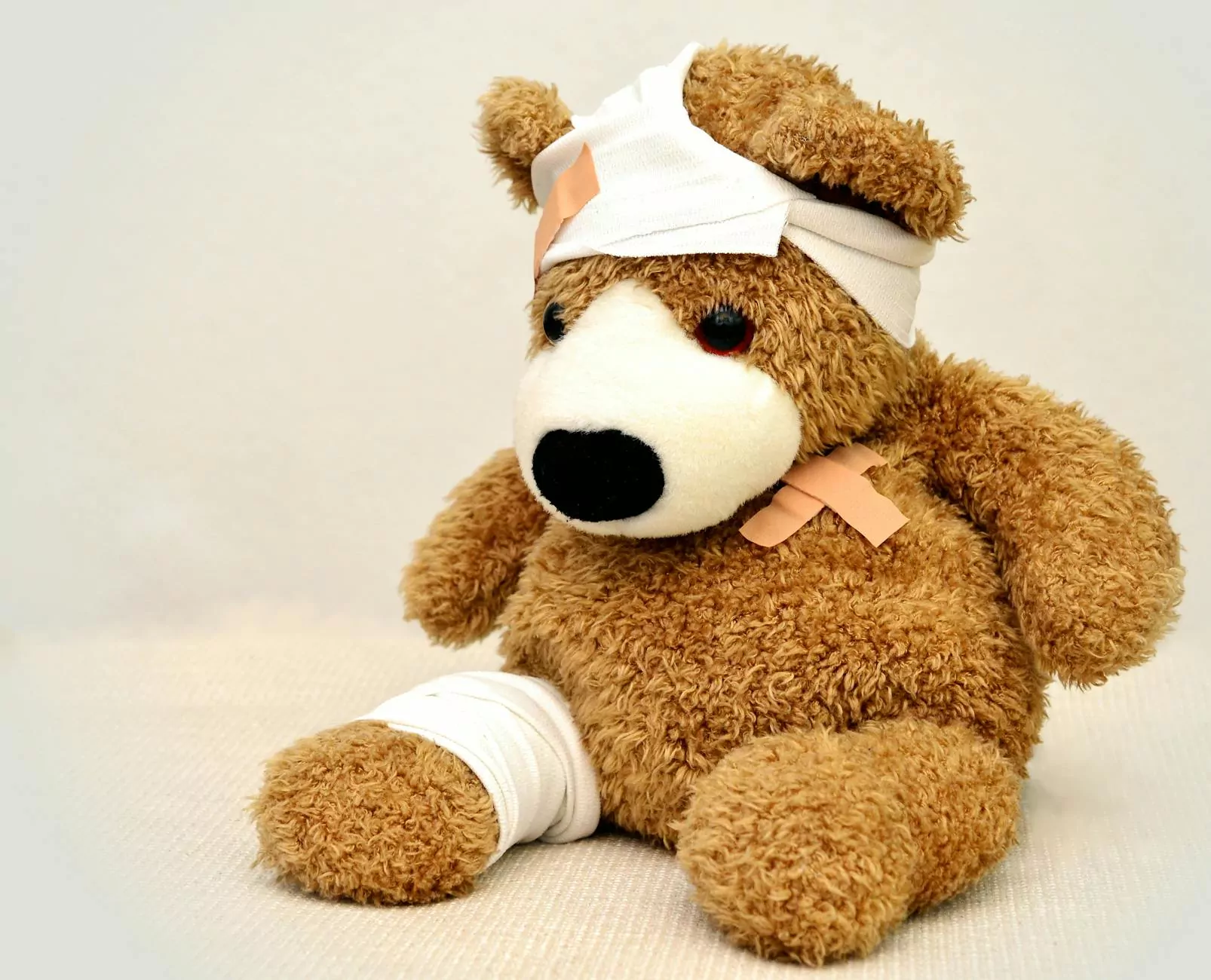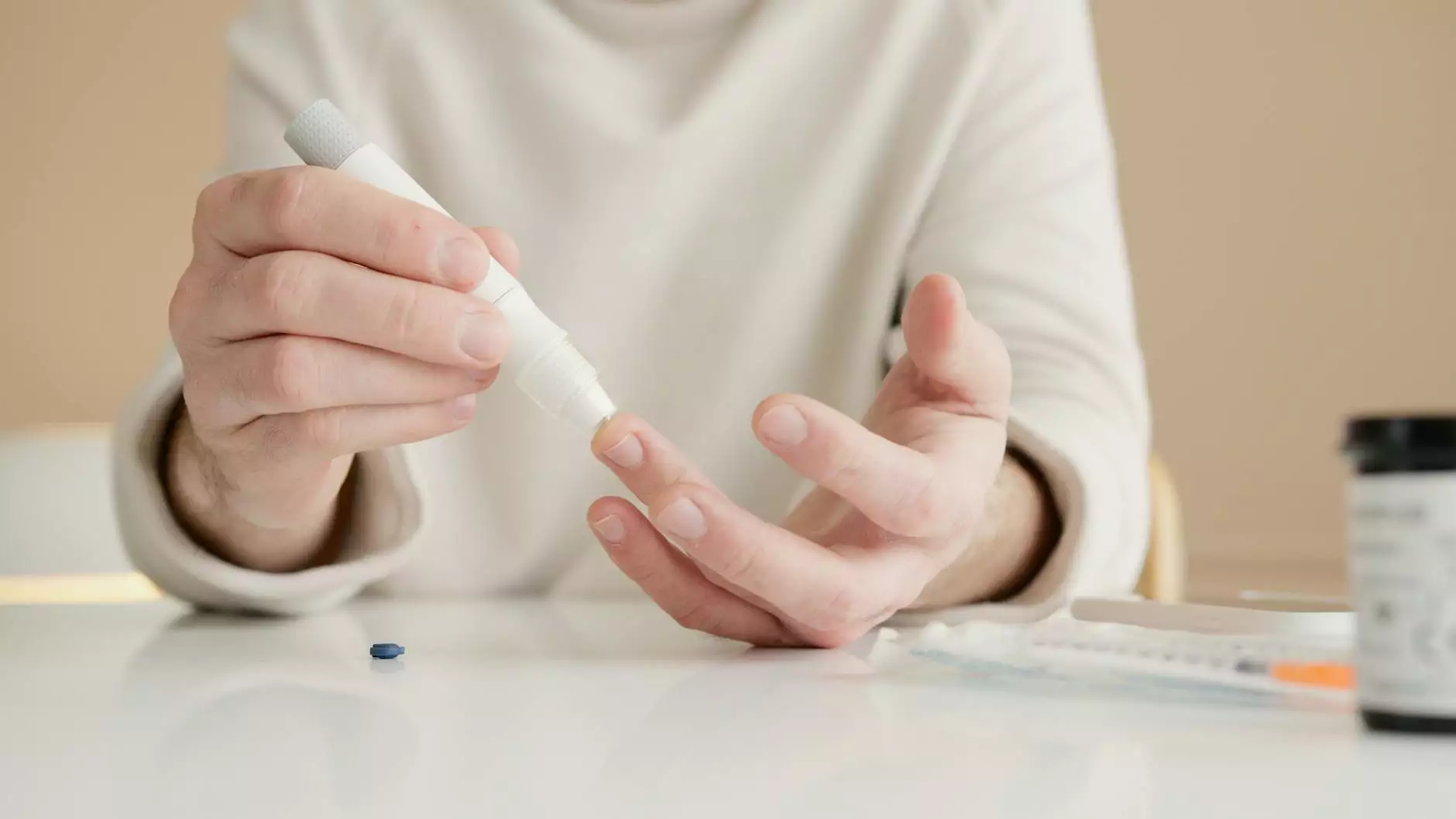Cuts and Lacerations
Services
Understanding When a Cut May Need Stitches
When an unexpected cut occurs, it is crucial to assess its severity in order to determine whether stitches are necessary. At Benjamin Shettell, MD, we specialize in urgent care, including the treatment and care of cuts and lacerations. Our goal is to share valuable information and guide you through the process of determining the appropriate course of action for your specific situation.
1. Assessing Cut Depth and Length
The first step in determining if a cut requires stitches is to measure its depth and length. Typically, cuts that are deeper than 0.25 inches or more than 0.5 inches long are more likely to need stitches. However, it's important to note that these measurements may vary depending on the location and type of the cut.
2. Examining the Wound
Aside from the depth and length, it's essential to closely examine the wound for any signs of serious damage. Look for:
- Excessive bleeding that does not stop even after applying pressure for several minutes
- Torn or jagged edges that may indicate a higher risk of infection
- Visible layers of fat or muscle beneath the skin
- Foreign objects stuck in the wound that cannot be easily removed
If you notice any of these signs, it is highly recommended to seek immediate medical attention at Benjamin Shettell, MD.
3. Understanding the Location of the Cut
The location of the cut can also influence whether stitches are required. Cuts on certain areas of the body such as the face, hands, or feet often need stitches due to the increased risk of scarring or impaired functionality. Additionally, cuts near joints, tendons, or major blood vessels are more likely to require professional medical treatment.
4. Time Since the Injury
The time that has passed since the injury occurred can affect the need for stitches. Generally, cuts that are older than 6 to 8 hours may be challenging to close, increasing the risk of infection. Therefore, it is important to seek medical attention as soon as possible after sustaining the cut.
Proper Care for Cuts and Lacerations
For minor cuts that don't require stitches or professional medical attention, it is still crucial to provide proper care to promote healing and prevent infection. Here are some important steps to follow:
1. Cleanse the Wound
Thoroughly clean the cut with mild soap and warm water. Gently pat it dry with a clean, sterile cloth or towel. Avoid rubbing the wound, as it may cause further damage.
2. Apply an Antiseptic
Apply an over-the-counter antiseptic ointment or solution to the cut. This can help reduce the risk of infection. Be sure to follow the instructions provided on the product packaging.
3. Protect the Wound
Place a sterile adhesive bandage or dressing over the cut to protect it from dirt and bacteria. Change the bandage regularly, especially if it becomes wet or dirty.
4. Monitor for Signs of Infection
Keep a close eye on the wound and watch for any signs of infection, including increased pain, redness, swelling, pus, or a foul odor. If you notice any of these symptoms, seek medical attention promptly.
5. Keep the Area Elevated
If possible, elevate the injured area to reduce swelling and promote healing. This is particularly important for cuts on the extremities.
Seek Professional Medical Care at Benjamin Shettell, MD
While minor cuts can often be treated at home, it is crucial to consult a medical professional for proper evaluation and treatment. At Benjamin Shettell, MD, we provide exceptional urgent care services, including expert evaluation and stitching, if necessary, to ensure optimal healing and minimize potential complications.
With extensive experience in the field of urgent care, Dr. Benjamin Shettell combines his expertise and compassion to provide the highest quality medical care in Redding, California. Our knowledgeable staff is dedicated to ensuring your well-being and providing you with the personalized attention you deserve.
For more information or to schedule an appointment, contact Benjamin Shettell, MD today. We are here to help you navigate the road to recovery, no matter the severity of your cut or laceration.










